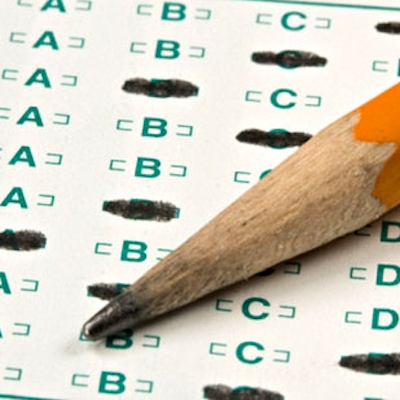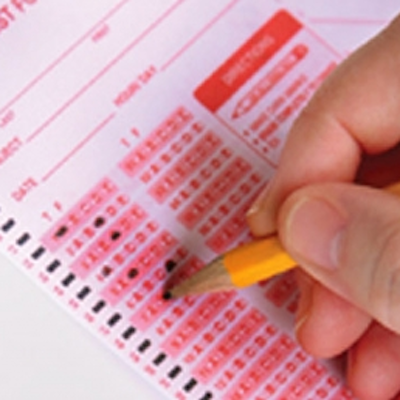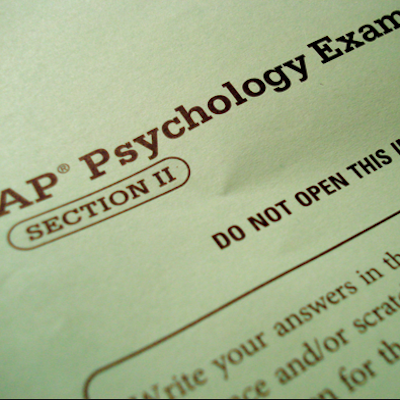Complex Learners: What to Look For
Friday, September 25, 2015
As parents and educators we understand that one size does not fit all. Your child might approach social situations slowly while someone else’s child jumps right in. One student learns best with verbal prompts while another does better with visual cues. Right out of the gate, children display preferences for how they take in and communicate information. Our brains are all “wired” differently.
But what happens when these differences are difficult to understand and interfere in a child’s ability to learn and negotiate his or her world?
Here are 5 areas where children’s behaviors may demonstrate underlying learning or sensory differences that create barriers to social and academic progress. Children who demonstrate difficulty in several or all of these areas may be complex learners, requiring strategic, individualized programs to support their engagement with learning.
GET THE LATEST BREAKING NEWS HERE -- SIGN UP FOR GOLOCAL FREE DAILY EBLASTRoutines
Getting up and out of bed and ready to face the day is very challenging. Equally difficult may be a bedtime routine that allows for consistent and proper sleep. At the same time interruption of daily routine creates discomfort, anxiety and behavior issues. Transitions between one activity and the next, introducing new people and changing plans can all spark resistance and may even lead to “meltdowns.”
Friends
Children may not get invited to play dates or birthday parties, or may be frequently teased, even bullied. Not understanding the rules of games, talking too loudly or too quietly, misinterpreting social cues and exhibiting poor conflict resolution and coping strategies make it very hard to initiate and maintain friendships. Children may interrupt, display frustration, and generally “wear people down,” or they may retreat and become extremely shy and unresponsive.
Self-care
Bathing, combing hair, brushing teeth, and getting dressed create conflict and resistance. Children may be particularly bothered by the texture of a sweater, how certain socks feel, or a tag at the back of a shirt. They may be very sensitive to temperature, often feeling too hot or too cold. Children may also have an intense aversion to certain foods based on smell or texture, and be very picky eaters.
Organization
Initiating and completing tasks seems overwhelming, so there may be a lot of struggles with homework and household chores. Children may have very messy bedrooms, closets, and lockers. Following directions is problematic, and children have trouble remembering more than one direction at a time or remembering the order of a sequence of tasks. They may have trouble with focus, and get distracted by noise and visual information.
Academics
Reading, math and writing can all present significant challenges for complex learners. They may have trouble with specific concepts such as sounding out words, sequencing numbers, or understanding spelling rules. In addition there may be more general problems with retrieval and articulation of information. As a result, children may perform below grade level, or have gaps in their understanding and knowledge base.
Complex learners may be anxious, distractible, rigid, loud or shy, but they are also creative, clever, funny, passionate and persistent. Our work as parents and educators is to understand more about how they are “wired” and what supports will help them achieve their educational potential.
Anna Johnson is Head of School at The Wolf School in East Providence, a K-8 private special education school serving complex learners. www.thewolfschool.org
This is part of an ongoing sponsored content series by GoLocal in partnership with The Wolf School.
Related Slideshow: 10 RI State Education Rankings
Related Articles
- Anna Johnson: 15 to Watch in RI in 2015
- RI’s Wolf School is Moving to a Higher Level
- The Wolf School to Hold “Discover the Difference” Fundraiser
- It’s All About Education: An Urban Preschool Grounded in Nature
- NEW: Raimondo Names McConaghy, Foulkes Education Council Chairs
- It’s All About Education: Divine Providence: Engaging Community
- It’s All About Education: Why Summer Vacation Should Be Just That
- It’s All About Education: Transforming Children’s Lives and our Nation’s Future
- It’s All About Education: Reading for Pleasure Predicts Academic Success
- It’s All About Education: Kids Learn Through Experience
- RI Education’s Biggest Battle is Playing Out at One School
- It’s All About Education: A Broader Definition of Education
- It’s All About Education: Re-Imagining Our Educational System
- It’s All About Education: Can Education Drive Social Change?
- It’s All About Education: High-Quality Early Learning: Necessary For All
- It’s All About Education: The Arts, Education, and Transformation
- GoLocalTV: Raimondo Picks NY’s Wagner for New RI Education Commissioner
- It’s All About Education: What Kids Learn from Sports
- Horowitz: Improving Educational Performance -The Surest Path to Prosperity
- It’s All About Education: Coloring is Not Just for Kindergartners
- It’s All About Education: The Most Wonderful Time of the Year?
- It’s All About Education: Just Let Them Play
- It’s All About Education: What’s Behind the Teacher Shortage?
- It’s All About Education: Could Competency-Based Learning Be the Wave of the Future?
- It’s All About Education: Learning about Business and Connecting with Community
- It’s All About Education: Why So Many Choose Progressive Education
- It’s All About Education: The Benefits of Intergenerational Programs























